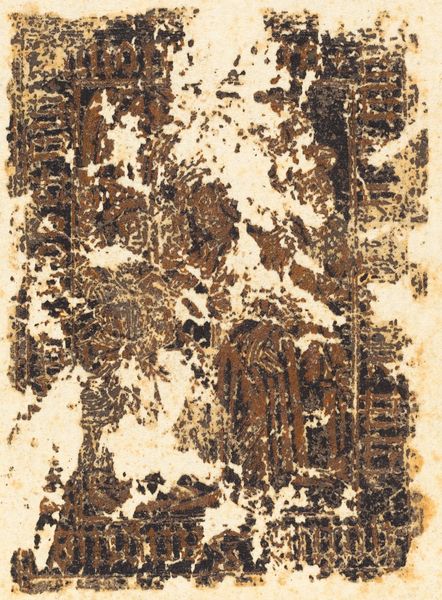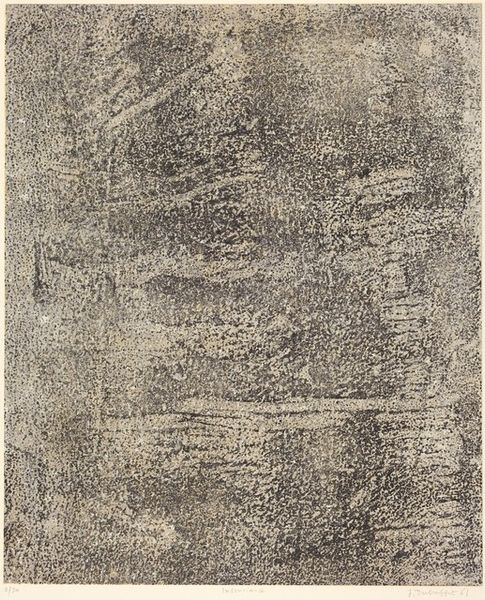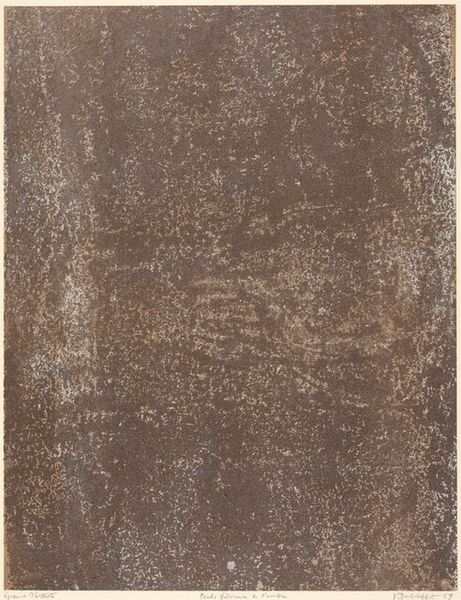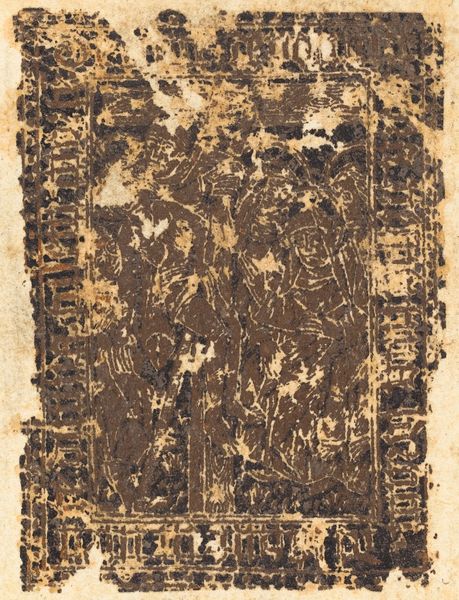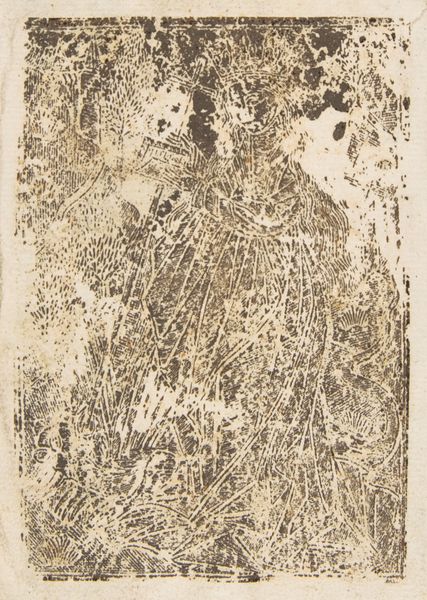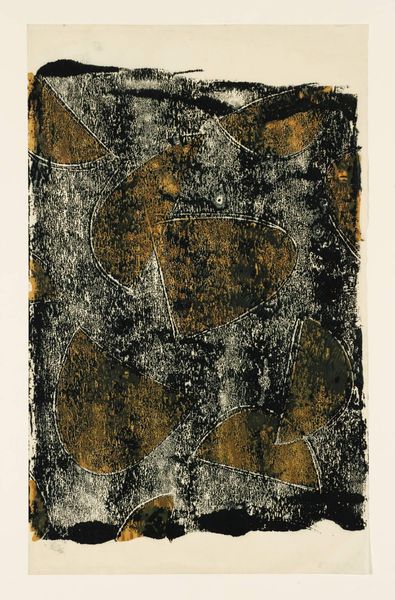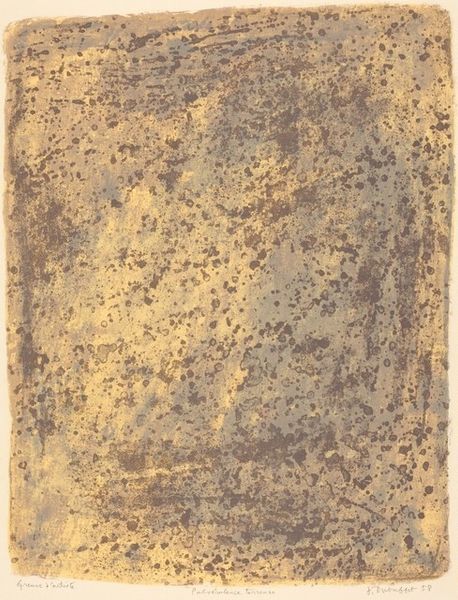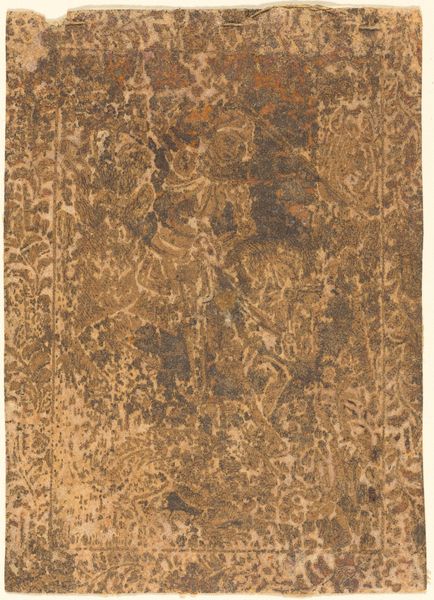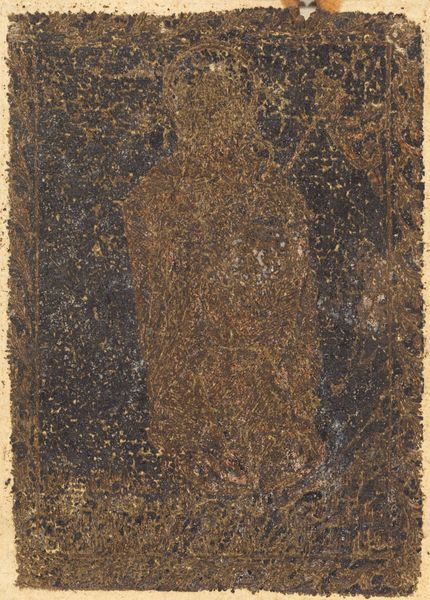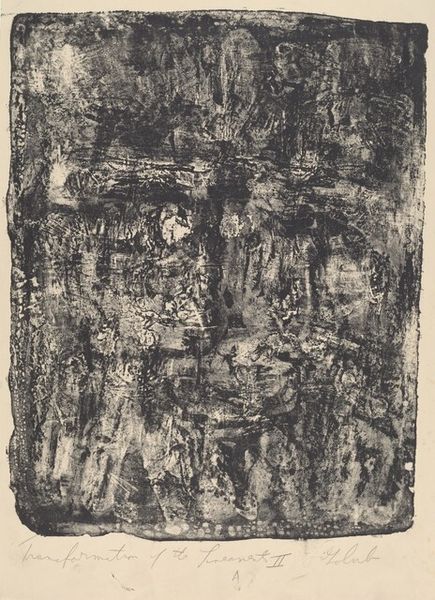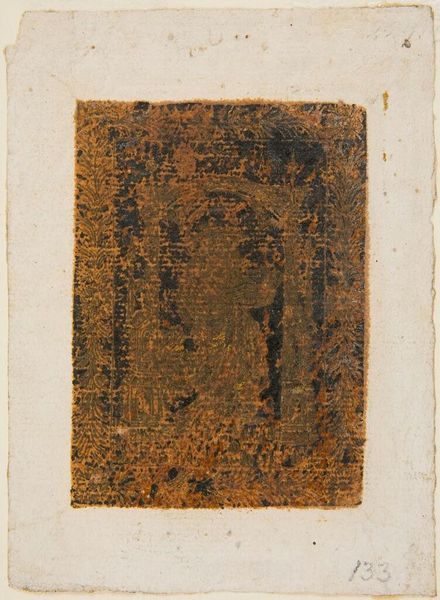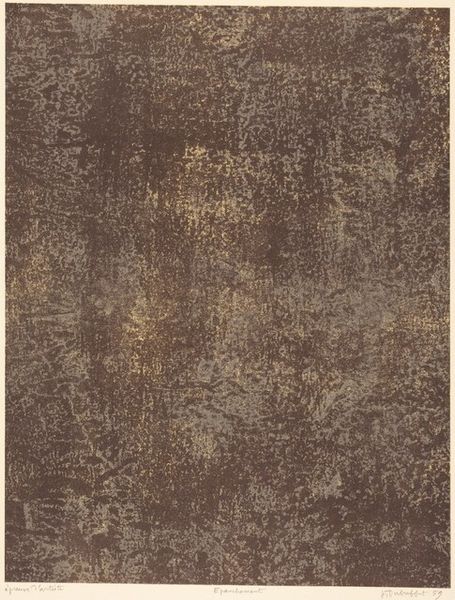
print, engraving
# print
#
figuration
#
line
#
history-painting
#
northern-renaissance
#
engraving
Dimensions: image: 5.8 x 4.2 cm (2 5/16 x 1 5/8 in.) sheet: 8 x 6.6 cm (3 1/8 x 2 5/8 in.)
Copyright: National Gallery of Art: CC0 1.0
Art Historian: This engraving, likely from the 1480s, is titled "The Flagellation of Christ." Its maker is currently unknown, which is, sadly, quite common for prints of this era. Artist: Ugh. It hits you right away, doesn't it? So much...suffering compacted into such tight lines. Makes you wanna gasp. And it's worn, look at the marks, all the spots that went awry...Like a visual scream echoing across the centuries. Art Historian: Absolutely. Its function as a print makes it so interesting. We often overlook how the relatively cheap availability of prints democratized religious imagery in the late 15th century. Suddenly, scenes like this weren't just for the wealthy elite, they were much more widely accessible. Artist: Democratized suffering? Huh, hadn't thought of it that way. Though I guess that rings true; art has this nasty habit of reflecting real life after all. The architecture feels ominous. Is it Roman? Ironic given, you know… the history. Art Historian: You are quite right, It does seem the artist was referencing ancient Roman architectural styles, connecting Christ’s suffering with the might of the Roman Empire – an explicit tie-in of religious and earthly powers. Notice too, how Christ is placed within that architectural setting, as a focal point – which encourages contemplation. Artist: Contemplation...or confrontation. I feel assaulted by it, emotionally speaking, a dark reflection urging introspection. Those whippings have emotional context. Everyone knows how good people get ripped apart. Art Historian: Well, engraving at that time, with the use of hatching and cross-hatching to create tone, could result in powerful and dramatic imagery that spoke directly to the viewer's emotions. So yes, confrontation is a apt term. But I think it important to keep in mind it’s the distribution of these works, its impact within religious and social communities... Artist: Mmhmm, communities facing their own flagellations, figurative or not. To consider history through image, very very telling, but, from an artistic perspective… It’s all about impact for me and well… This work certainly isn’t faint-hearted, is it? Art Historian: Not at all, quite memorable. Thank you for lending your perspective. Artist: Anytime. Glad to feel less alone in this long, often strange walk through art.
Comments
No comments
Be the first to comment and join the conversation on the ultimate creative platform.
